Product Description
Switch chia mạng Cisco SF300-24 – Cisco 24Port 10/100Mbps
Switch chia mạng 24Port Cisco SF300-24 có thể coi đây là một trong những thiết bị quan trọng dùng để kết nối các đoạn mạng với nhau theo mô hình mạng hình sao (Star). Theo mô hình này, switch đóng vai trò là thiết bị trung tâm, tất cả các máy tính đều được nối về đây trong một hệ thống mạng.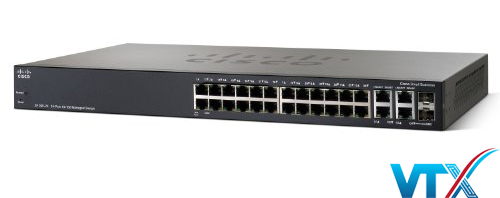
Tính năng switch mạng Cisco 24Port Cisco SF300-24
- Performance: Switching capacity 12.8 Gbps, nonblocking, Forwarding rate 9.52 mpps wire-speed performance
- QoS: Priority levels 4 : hardware queues, Scheduling: Priority queuing and weighted round-robin, Queue assignment based on DSCP and class of service (802.1p/CoS)
- Layer 2: Port grouping up to 8 ports per group with 16 candidate ports for each 802.3ad link aggregation, Number of VLANs 256 active VLANs, Head-of-line (HOL) blocking HOL blocking prevention
- Layer 3: IPv4 routing Wirespeed routing of IPv4 packets, Up to 32 static routes and up to 32 IP interfaces, Classless Inter-Domain Routing (CIDR) support for CIDR
- Product ID Number: SRW224G4-K9
- 24-port 10/100 + 4-Port Gigabit
- 24 10/100Mbps ;2 10/100/1000Mbps ports; 2 Combo mini-GBIC ports
Switch chia mạng 24Port Cisco SF300-24 hiệu suất cao và sử dụng công nghệ tiên tiến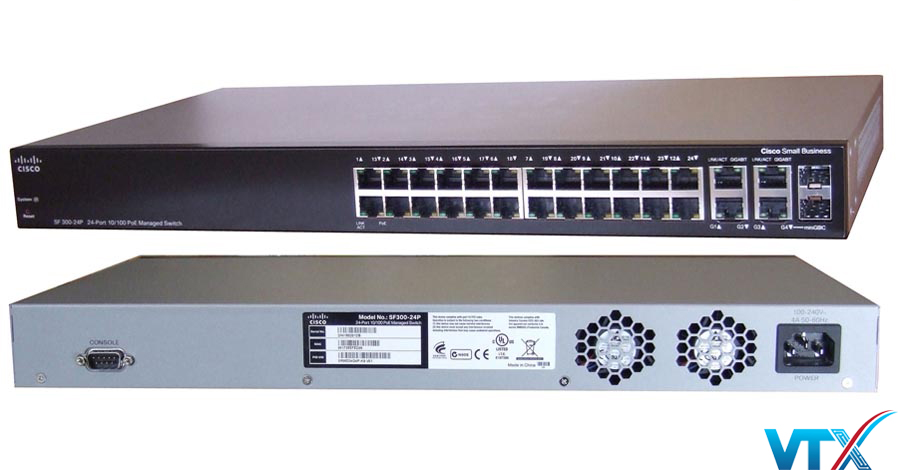
– Cisco 24Port 10/100Mbps – Cisco SF300-24 mang hiệu suất mà cao để chạy các ứng dụng viễn thông, bao gồm cả các dịch vụ video băng thông. Nâng cao công suất và hiệu suất truyền tải, cho phép bạn chuyển các tập tin lớn trong vài giây
– Hỗ trợ cho các công nghệ tiên tiến: Tất cả các thiết bị chuyển mạch Cisco bao gồm các tính năng giao thông xử lý tiên tiến để giữ cho các ứng dụng chạy ở hiệu suất cao điểm.
+ Tích hợp QoS thông minh trên tất cả các mô hình tự động ưu tiên dịch vụ chậm trễ nhạy cảm như thoại hoặc video để cải thiện hiệu suất mạng.
+ Fast store-and-forward switching xác định các gói tin bị hư hỏng và ngăn ngừa chúng khỏi bị truyền qua mạng. Tất cả những tính năng chạy tự động, không có quản lý hoặc cấu hình yêu cầu
Thông số kỹ thuật của Switch chia mạng Cisco SF300-24
| Performance | |
| Standards | IEEE 802.3 10BASE-T Ethernet, IEEE 802.3u 100BASE-TX Fast Ethernet, IEEE 802.3ab 1000BASE-T Gigabit Ethernet, IEEE 802.3ad LACP, IEEE 802.3z Gigabit Ethernet, IEEE 802.3x Flow Control, IEEE 802.1D (STP, GARP, and GVRP),IEEE 802.1Q/p VLAN, IEEE 802.1w RSTP, IEEE 802.1s Multiple STP, IEEE 802.1X Port Access Authentication, IEEE 802.3af, IEEE 802.3at, RFC 768, RFC 783, RFC 791, RFC 792, RFC 793, RFC 813, RFC 879, RFC 896, RFC 826 |
| Ports | 24x RJ-45 Fast Ethernet |
| 2x RJ-45 Gigabit Ethernet | |
| 2x RJ-45 + SFP Gigabit Ethernet Combo Ports | |
| Speed | Switching Capacity in Gigabits per Second (Gbps): 12.8 |
| Capacity in Millions of Packets per Second (mpps) with each packet being 64-bytes: 9.52 | |
| MAC Address Table Size | Up to 8000 MAC addresses |
| Frame Sizes | Jumbo Frames: up to 10 KB supported on 10/100 and Gigabit interfaces |
| Switching Method | Managed |
| Layer 2 Switching | Spanning Tree Protocol (STP): |
| Standard 802.1d Spanning Tree support | |
| Fast convergence using 802.1w (Rapid Spanning Tree [RSTP]), enabled by default | |
| Multiple Spanning Tree instances using 802.1s (MSTP) | |
| Port grouping: | |
| Support for IEEE 802.3ad Link Aggregation Control Protocol (LACP) | |
| Up to 8 groups | |
| Up to 8 ports per group with 16 candidate ports for each (dynamic) 802.3ad link aggregation | |
| VLAN: | |
| Support for up to 256 VLANs simultaneously (out of 4096 VLAN IDs) | |
| Port-based and 802.1Q tag-based VLANs | |
| MAC-based VLAN | |
| Management VLAN | |
| Private VLAN Edge (PVE), also known as protected ports, with multiple uplinks | |
| Guest VLAN | |
| Unauthenticated VLAN | |
| Voice Lan: | |
| Voice traffic is automatically assigned to a voice-specific VLAN and treated with appropriate levels of QoS | |
| Generic VLAN Registration Protocol (GVRP)/Generic Attribute Registration Protocol (GARP): | |
| Protocols for automatically propagating and configuring VLANs in a bridged domain | |
| Dynamic Host Configuration Protocol (DHCP) Relay at Layer 2: | |
| Relay of DHCP traffic to DHCP server in different VLAN. Works with DHCP Option 82 | |
| Internet Group Management Protocol (IGMP) versions 1, 2, and 3 snooping: | |
| IGMP limits bandwidth-intensive multicast traffic to only the requesters; supports 256 multicast groups (source-specific multicasting is also supported) | |
| IGMP Querier | |
| IGMP querier is used to support a Layer 2 multicast domain of snooping switches in the absence of a multicast router | |
| Head-of-line (HOL) blocking: | |
| HOL blocking prevention | |
| Layer 3 | IPv4 Routing: |
| Wirespeed routing of IPv4 packets | |
| Up to 32 static routes and up to 32 IP interfaces | |
| Classless Inter-Domain Routing (CIDR): | |
| Support for CIDR | |
| DHCP relay at Layer 3: | |
| Relay of DHCP traffic across IP domains | |
| User Datagram Protocol (UDP) relay: | |
| Relay of broadcast information across Layer 3 domains for application discovery or relaying of BootP/DHCP packets | |
| Security | Secure Shell Protocol (SSH): |
| SSH secures Telnet traffic to and from the switch; SSH v1 and v2 are supported | |
| Secure Sockets Layer (SSL): | |
| SSL support: Encrypts all HTTPS traffic, allowing highly secure access to the browser-based management GUI in the switch | |
| IEEE 802.1X (Authenticator role): | |
| 802.1X: RADIUS authentication and accounting, MD5 hash; guest VLAN; unauthenticated VLAN, single/multiple host mode and single/multiple sessions | |
| Supports time-based 802.1X | |
| Dynamic VLAN assignment | |
| Layer 3 isolation: | |
| Allow / disallow routing between IP subnets or directly connected IP networks | |
| Layer 2 isolation Private VLAN Edge (PVE) with community VLAN: | |
| PVE (also known as protected ports) provides Layer 2 isolation between devices in the same VLAN, supports multiple uplinks | |
| Port security: | |
| Locks MAC addresses to ports, and limits the number of learned MAC addresses | |
| RADIUS/TACACS+: | |
| Supports RADIUS and TACACS authentication. Switch functions as a client | |
| Storm control: | |
| Broadcast, multicast, and unknown unicast | |
| DoS prevention: | |
| DoS attack prevention | |
| Congestion avoidance: | |
| A TCP congestion avoidance algorithm is required to minimize and prevent global TCP loss synchronization | |
| ACLs: | |
| Support for up to 512 rules | |
| Drop or rate limit based on source and destination MAC, VLAN ID or IP address, protocol, port, differentiated services code point (DSCP)/IP precedence, TCP/ UDP source and destination ports, 802.1p priority, Ethernet type, Internet Control Message Protocol (ICMP) packets, IGMP packets, TCP flag | |
| Quality of Service | Priority Levels: 4 hardware queues |
| Scheduling: | |
| Strict priority and weighted round-robin (WRR) | |
| Queue assignment based on DSCP and class of service (802.1p/CoS) | |
| Class of Service: | |
| Port based; 802.1p VLAN priority based; IPv4/v6 IP precedence/type of service (ToS)/DSCP based; Differentiated Services (DiffServ); classification and re-marking ACLs, trusted QoS | |
| Rate Limiting: | |
| Ingress policer; egress shaping and rate control; per VLAN, per port, and flow based | |
| IPv6 | IPv6: |
| IPv6 host mode | |
| IPv6 over Etheret | |
| Dual IPv6/IPv4 stack | |
| IPv6 neighbor and router discovery (ND) | |
| IPv6 stateless address auto-configuration | |
| Path maximum transmission unit (MTU) discovery | |
| Duplicate address detection (DAD) | |
| ICMP version 6 | |
| IPv6 over IPv4 network with Intra-Site Automatic Tunnel Addressing Protocol(ISATAP) support | |
| IPv6 QoS | |
| Prioritize IPv6 packets in hardware | |
| IPv6 ACL | |
| Drop or rate limit IPv6 packets in hardware | |
| Multicast Listener Discovery (MLD) snooping | |
| Deliver IPv6 multicast packets only to the required receivers | |
| IPv6 applications | |
| Web/SSL, Telnet server/SSH, ping, traceroute, Simple Network Time Protocol (SNTP), Trivial File Transfer Protocol (TFTP), SNMP, RADIUS, syslog, DNS client, protocol-based VLANs | |
| IPv6 RFCs supported | |
| RFC 2463 – ICMP version 6 | |
| RFC 3513 – IPv6 address architecture | |
| RFC 4291 – IPv6 addressing architecture | |
| RFC 2460 – IPv6 specification | |
| RFC 2461 – Neighbor discovery for IPv6 | |
| RFC 2462 – IPv6 stateless address auto-configuration | |
| RFC 1981 – Path MTU discovery | |
| RFC 4007 – IPv6 scoped address architecture | |
| RFC 3484 – Default address selection mechanism | |
| RFC 4214 – ISATAP tunneling | |
| RFC 4293 – MIB IPv6: Textual conventions and general group | |
| RFC 3595 – Textual conventions for IPv6 flow label | |
| Cable | Unshielded twisted pair (UTP) Category 5 or better for 10BASE-T/100BASE-TX; UTP Category 5 Ethernet or better for 1000 BASE-T |
| Buttons | Reset button |
| LED | System, Link/Act, Speed |
| Memory | CPU: 128 MB |
| Flash: 16 MB | |
| Buffer | Packet Buffer: 4 Mb |
| Certification | UL (UL 60950), CSA (CSA 22.2), CE mark, FCC Part 15 (CFR 47) Class A |
| General | |
| Form Factor | 1U |
| Power Requirements | 100-240V 47-63 Hz, internal, universal |
| Dimensions (WxHxD) | 17.3 x 1.45 x 13.78′ / 44 x 4.44 x 25.7 cm |
| Weight | 6.81 lb / 3.09 kg |
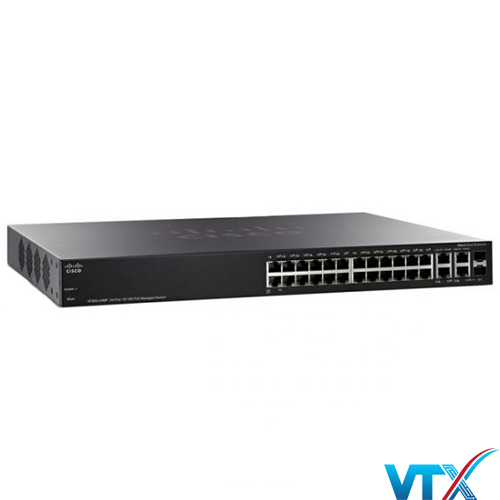 Quý khách đang quan tâm đến sản phẩm Switch chia mạng 24Port Cisco SF300-24 có thể liên hệ trực tiếp tới Công Ty Cổ Phần Viễn Thông Xanh Việt Nam chúng tôi để nhận được sự tư vấn từ các chuyên gia; cũng như nhận được báo giá Switch chia mạng tốt nhất.
Quý khách đang quan tâm đến sản phẩm Switch chia mạng 24Port Cisco SF300-24 có thể liên hệ trực tiếp tới Công Ty Cổ Phần Viễn Thông Xanh Việt Nam chúng tôi để nhận được sự tư vấn từ các chuyên gia; cũng như nhận được báo giá Switch chia mạng tốt nhất.

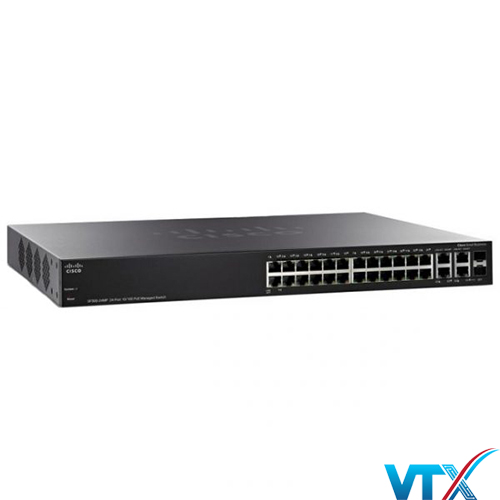
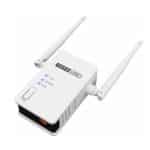

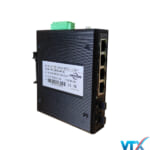
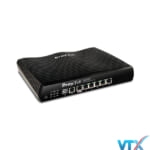
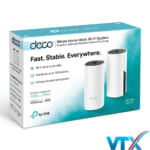
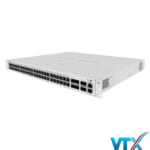
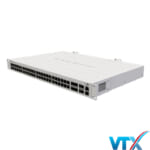
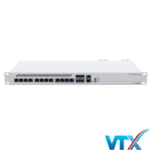
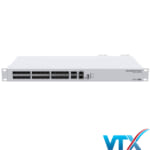
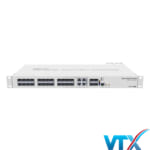
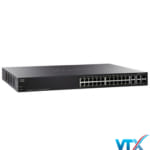

Văn Khái –
Hiện tại dự án của mình đang cần sản phẩm này, ad có thể gửi cho mình báo giá với catalog sản phẩm được không?
Đông VTX –
Anh Khái check mail giúp em ạ! Nếu anh cần tư vấn thêm về sản phẩm có thể liên hệ trực tiếp với hotline công ty để được bộ phận bán hàng tư vấn và hỗ trợ thêm ạ